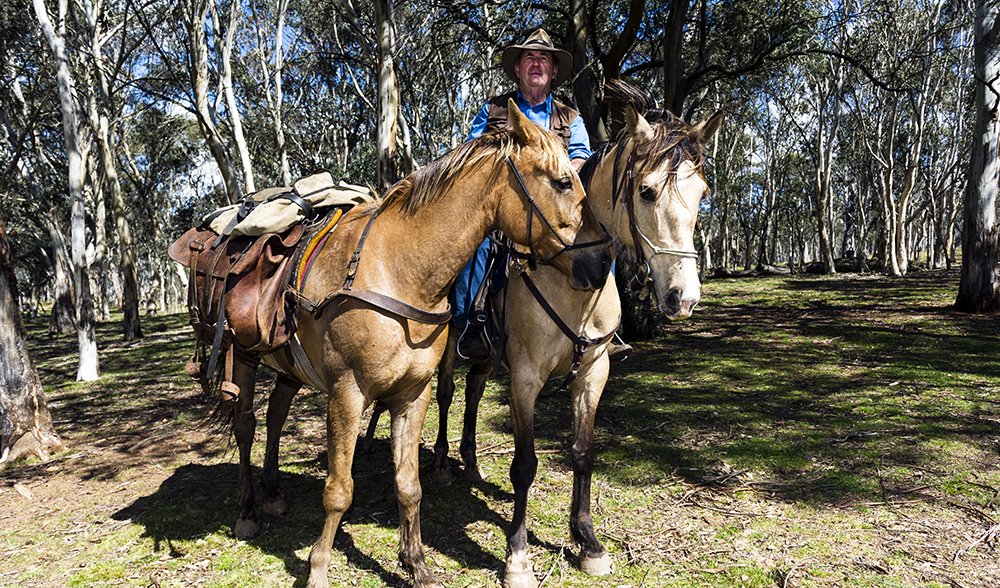Controversial brumby cull proposed

A NSW Government plan to cull all but 600 of the brumbies in Kosciuszko National Park has produced an emotional response within days of its release.
The draft Wild Horse Management Plan for the park, released on Sunday, proposes that wild horse numbers be reduced from the current 6000 to 600 over the next 20 years in order to protect fragile alpine and sub-alpine environments.
An Australian Geographic team visited the park last year to report on the complex ecological, social and historical issues surrounding the Snowy brumbies (Where the Wild Horses Are, AG#130). Writer Amanda Burdon and photographer Jason Edwards heard from national parks rangers about the damage the horses were causing to sensitive waterways and vegetation, but also from High Country cattleman Peter Cochrane, for whom the horses are an important part of Australia’s cultural identity.
Heated opposition: Proposal “deceitful and dishonest”
NSW Environment Minister Mark Speakman described wild horse management as an “emotive and complex issue”. He said a range of humane and cost-effective methods would be used to cull the horses, including trapping, mustering, fertility control and ground shooting. Brumby running and roping, and controversial aerial shooting were ruled out.
However, President of the Snowy Mountains Bush Users Group, Peter Cochrane, said if the proposed cull went ahead it would bring international shame on Australia. He described the release of the plan – on the eve of a Federal budget and election – as “deceitful and dishonest” and warned that the group is mobilising to oppose it.

“We have substantial funds to employ a professional consultant to prepare a response to the proposals and we will be right into protest or civil disobedience,” Peter said. “We don’t disagree that horse numbers need to be managed but the most humane way to do that is to catch horses using the traditional methods of roping and haltering, break them in and put the horses to productive use. The NPWS has totally ignored local input on this alternative.”
Three locations within the national park that could support the smaller population of horses with less environmental impact have been identified. However, Peter said he predicts many more than the 5000-odd proposed will need to be removed to counteract breeding over the next two decades.
The National Parks and Wildlife Service will host a series of open days in the Snowy region to discuss the draft plan, which will be on public exhibition until 8 July.
Community feedback is invited at www.environment.nsw.gov.au/protectsnowies






